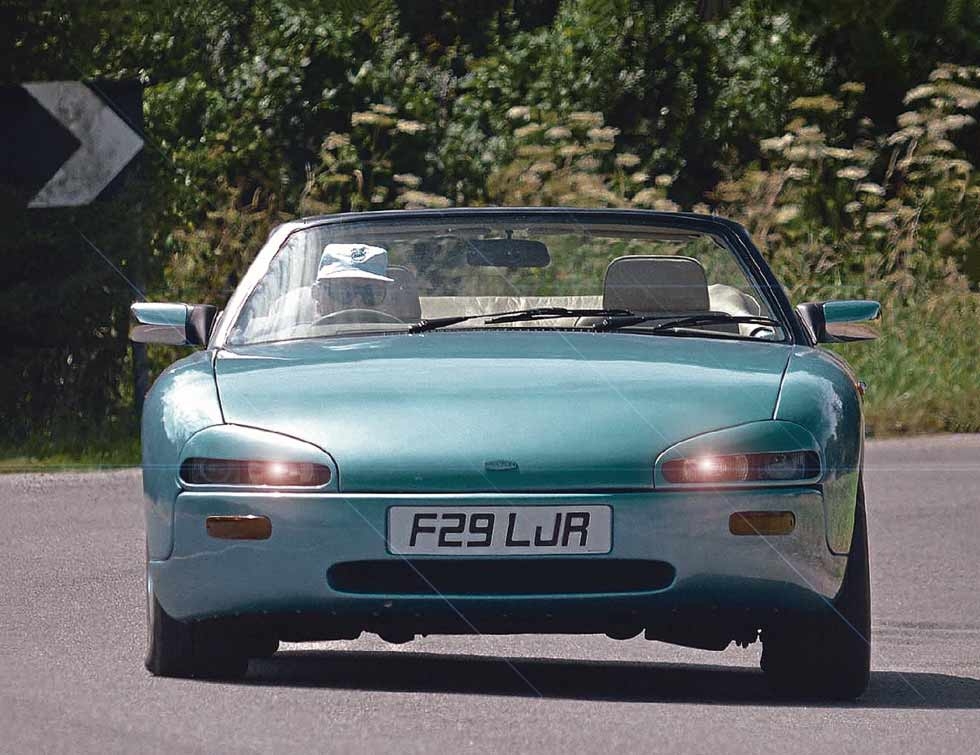
Beautiful disaster classic test. Designed in the late Eighties by William Towns, the Railton was a glamourous take on the XJ-S V12 convertible, yet despite big plans only two examples were built. We look at its history and why the project failed. Words & photography Paul Walton.
Railton F29 Claremont We drive one of two XJ-S-based Railtons from the late Eighties created by the British designer William Towns – then explain why the project failed.
A beautiful disaster. That’s the only way to describe the Railton F29 Claremont in front of me. With handsome lines, perfect proportions and exquisite detailing, it’s an extremely pretty car and one that hides its origins well, because under the skin is a standard XJ-S V12 convertible. However, the projected high cost for what was a rebodied Jaguar means that only this example and its sister, the F28 Fairmile, were built before the project was scrapped.
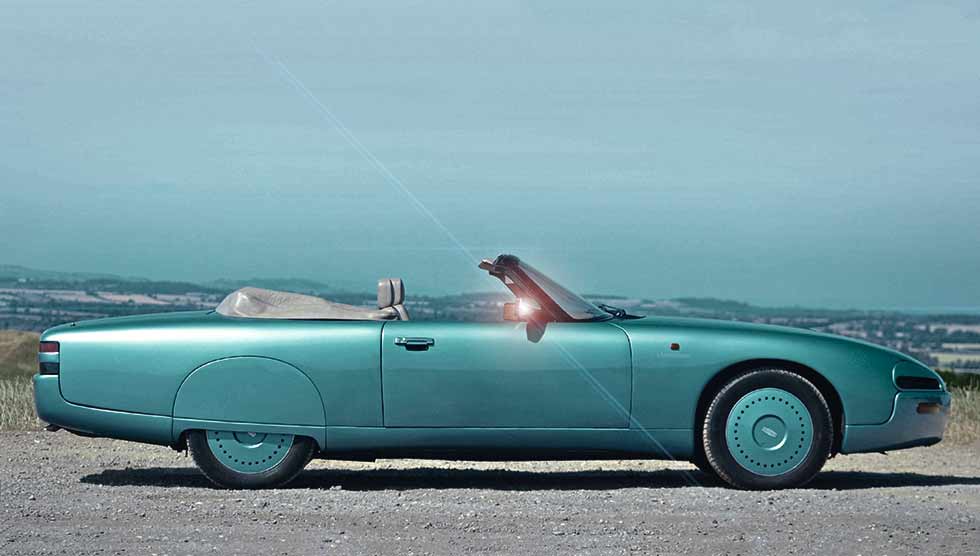
The driving force behind the project was the British designer William (Bill) Towns. Now more famous for his ‘folded paper’ style of cars from the Seventies, in the Eighties he was designing a series of specialist cars, which included the Railton. Towns started his career at the Rootes Group in 1954where he was involved in more mundane tasks such as styling seats and door handles. He rose to prominence after his 1963 move to Rover, when he designed the Rover-BRM gas turbine car that finished tenth at the 1965 Le Mans.
Following a short stint at Aston Martin, where he designed the DBS, he turned freelance in 1968; the Newport Pagnell company then asked him to design its new luxury saloon, resulting in his calling card – the famously angular Lagonda from 1976. Although by the mid-Seventies he Was more involved with lucrative industrial work, he never stopped designing cars.
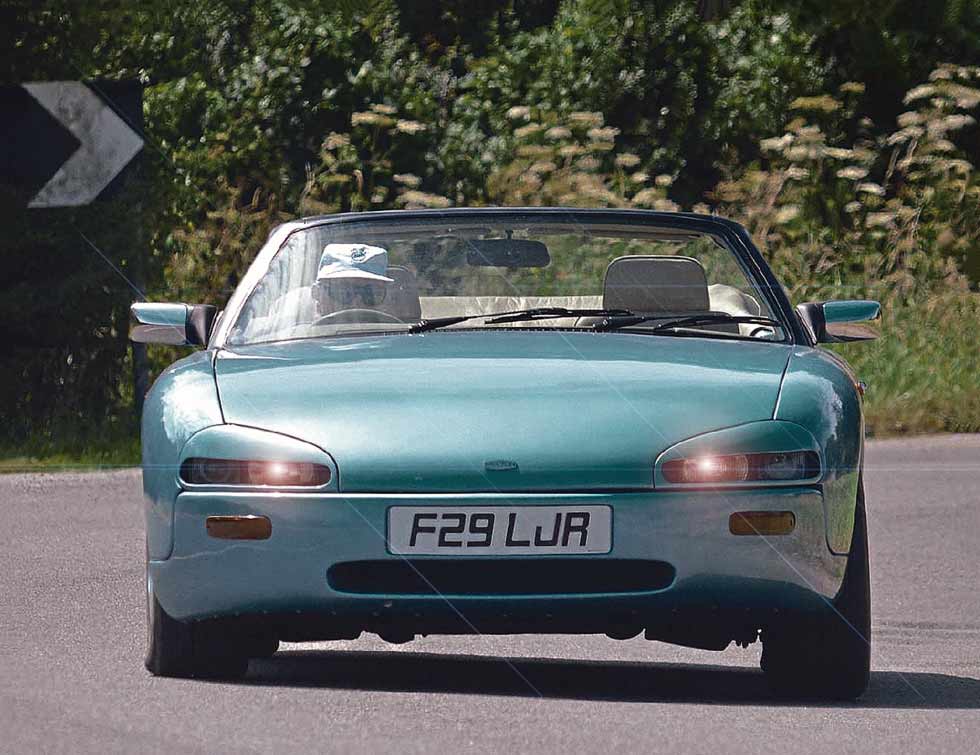
Other than a couple of commissions (the Jensen-Healey and Aston Martin Bulldog concept),many were his own, including the Mini-based Minissima and Hustler kit car. One idea he’d been kicking around for several years was a rebodied XJ-S. He had owned an example himself, and was impressed by its smoothness and refinement, and figured it was an excellent starting point for a coachbuilt special. He created a series of sketches called XJX that he would occasionally refresh to keep up-to date with current design trends. Yet, with neither the money nor a financial backer to fulfil his dream, the car remained on paper.
And then, during the mid-Eighties, Townsmet John Ransom– a self-made millionaire from selling propane – at his local flying club. He was also a car enthusiast and it wasn’t long before the pair were discussing the idea of producing a low-volume but high-quality sports car that Towns would design and Ransom finance. This was the moment Towns had been waiting for and he soon dusted off his XJX sketches, deciding to use the newly announced XJ-S convertible as the basis. However, instead of stripping the donor car, Towns’ idea was for new panels to fit over the exiting steel. It was a concept he’d used before for his E-type Series 3-based Guyson E12 in 1974 [see box out] but while that car was covered in glass fibre panels, the new model was to be considerably more upmarket and would, therefore, be clothed in aluminium.
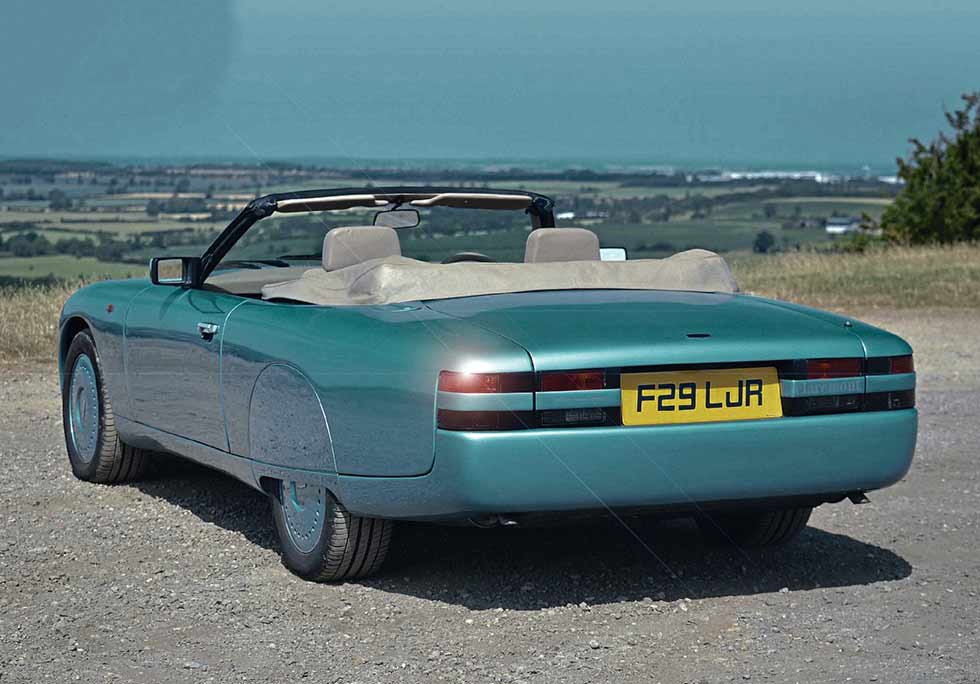
The first task was finding a suitable name for the new car. The pair eventually chose Railton, a pre-war manufacturer of sporting saloons.
Railton had been started by Noel Macklin in 1933 with assistance from his friend Reid Railton, the designer of Malcolm Campbell’s Bluebird land-speed record cars between 1931 and 1935.Macklin realised Railton’s name gave the new cars instant credibility so christened the company after him. The new company was more coachbuilder than manufacturer, its cars based on a chassis and engine sourced from Hudson in America and clothed with a body designed by the London-based Ranalah Coachworks.
Fast, glamorous and well built, around 1,500 Railtons were made, but their American heritage meant they were never perceived as true thoroughbreds, such as the home-bred Bentleys. In 1938, Macklin sold the company to Hudson, but the imminent global hostilities meant production was soon halted. A few cars were constructed after the war using existing parts, and a new model was shown at the 1949 London Motor Show, but at nearly £5,000 the car was expensive and the Railton name quietly slipped from view.
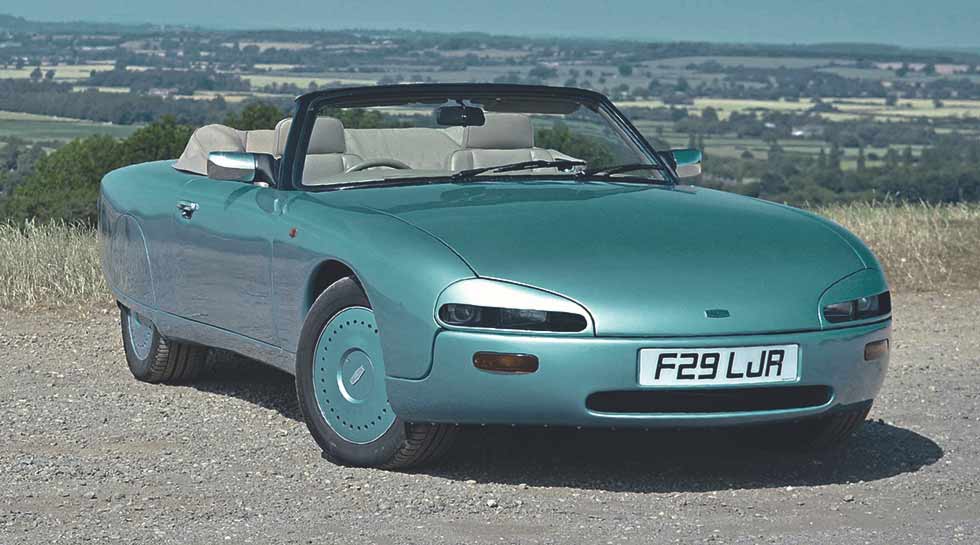
Until 1989. As it was not registered elsewhere, Towns and Ransom bought the Railton name thinking its history and prewar glamour suited their new handmade, bespoke sports car. Their new company – the Railton Motor Company – had its official address in Wixford, Warwickshire.
In early 1989, they bought a pair of XJ-S V12 convertibles, one in red (chassis number SAJJNADW3DB157968), the other in blue (SAJJNADW3DA155928), both of which were first registered in January the same year. The two cars were then sent to famed Coventry coachbuilder Part Sheet Metal to transform Towns’ drawings into reality by hand beating the aluminium panels to fit over the exiting body. The transformation wasn’t without its issues, though, as the company’s Tim Payne told me in a 2007 interview.
“The trouble we had, was that nobody figured out how to engineer the car properly,” he explained. This meant Park Sheet Metal had to work out how to mount the new panels onto the existing ones and, when they did, the doors, bonnet and boot wouldn’t open or close. “We had to spend a long time fiddling with the locks and hinges to make sure they all worked.”

The interiors of both cars were left largely untouched, although the seats were trimmed in a better quality leather and a new – taller – dash top was added. What wasn’t changed was the drivetrain, with Railton leaving the 299bhp 5.3- litre V12 and three-speed automatic transmission untouched. Towns did plan to produce a 6.0-litre version with beefier suspension but this never materialised.
The red car came first, resprayed in burgundy, and debuted at the 1989 British Motor Fair. The car’s entry in the show’s programme made much of Railton’s long history and Towns’ reputation: “With a wealth of history behind it, Railton greets the Nineties with a breathtakingly beautiful design by internationally acclaimed designer William Towns.” Despite mentioning the 5.3- litre V12, its manufacturer or the donor car wasn’t named.

With a rounded nose featuring Perspex-covered headlights, rear wheels spats and a long squared-off tail, its styling was avantgarde for the era but, more importantly, different from the Jaguar. And at £105,000 (including the cost of the donor car) it needed to be because it was an incredible £64k more than a standard XJ-S V12 convertible and almost £10k over the price of a Ferrari Testarossa.
When the second, blue, car was built, Towns removed the Perspex covers from the lights and, whereas the first car had had bespoke alloys, the second had blue plastic wheel covers covering split-rim wheels; both were made by Image Wheels of Tipton West Midlands. Towns changed the red car’s image a little, too. By deleting the spats and adding wider wheels, he made it look sportier, even though the two cars’ basic shape was the same.

The cars’ names – the Fairmile (red car) and Claremont (blue) – were revivals of those previously used by the original Railton company in the Thirties; the former was Macklin’s country estate in Cobham, Surrey, while the latter was another estate in nearby Esher.
The cars were quickly lent to the motoring press for evaluation. Although the quality of the conversion was praised, not all were complimentary about its concept. “An unhappy mix of retro and modern,” wrote John Barker in the August 1992 edition of Performance Car, after driving the Claremont.
Yet I can’t help but be taken by the car. Its bold sweeping lines and long, slender tail are very elegant, yet in the same article Towns was quoted as saying he would have liked the car to have more width and muscularity. But there is a simplicity in the detailing, such as the horizontal rear light clusters, while the cowled headlamps create a unique character alongside the Fairmile’s original fairings, which were de rigueur at the time. Many also disliked the rear spats that make the car appear as if from another – earlier – era, yet the smooth, flat wheel covers make it futuristically aerodynamic at the same time. Closer inspection reveals that the Railton badge on the nose has been handcrafted from aluminium, while a simple but elegant transfer on the rear reveals Towns’ involvement.
Like a hidden masterpiece lost under a later painting on the same canvas, from outside there is little trace of the donor car, but when I open the door I can see the outline of the original door skin under the new panel.
The interior, though, clearly reveals the car’s ancestry – other than a fresh dash-top moulding and better leather upholstery, the rest is pure Jaguar. While that means it is comfortable and well appointed, the lack of major change is disappointing given that there was a £65k increase over the standard car.
The way the Railton drives remains similar to the standard car, so it glides across the asphalt as smoothly as one of footballer Messi’s passes, the wonderfully supple suspension serenely soaking up bumps in the road as though they’re not there. The extra weight from the aluminium panels does leave the car’s performance a little stunted compared to a standard XJ-S convertible, but it still pulls easily and never sounds or feels overworked due to the V12’s innate smoothness. The steering also remains fingertip light.
While other tuners of the time – such as Lister and Hyper – tapped into the XJ-S’ sports potential turning the model into a genuine supercar, Railton concentrated on the softer side of its character, making the car even more of a relaxed cruiser. The Claremont was the perfect choice for the discerning gentleman to waft down to his South of France house in comfort and style.
With so much going for it, you might wonder why Towns’ Railton was a failure; the answer is simply bad timing. When the Eighties economic bubble burst, and with the 1991 recession looming, there was no longer a market for a £100k specialist car. It’s not known how many orders Railton took, but it can’t have been many because no more examples were constructed.
Apparently, Ransom kept the red car, Towns the blue Claremont. After Towns’ untimely death in 1993, which ended the Railton project for good, his family hung onto it, only selling it in 2002. It’s current owner bought the Claremont around seven years ago. Based, ironically, not far from Towns’ home in Warwickshire, it’s regularly seen at local events, such as the Jaguar Breakfast Meet at Gaydon. The Fairmile is still around, too. Now in a lighter red and thought to be in Wales, we featured the car a few years ago (see JWM, May 2007), which means I’ve had the pleasure of driving 100 percent of Railton’s production – not something I can say about any other make of car.
The idea of building an expensive XJ-S special might not have ended well, but the two Railtons are an enduring reminder of Towns’ vision and his skill at designing beautiful cars.
Thanks to: Owner Sean Costello for allowing us to drive this wonderful car, and to John Hewitt for giving up his time.
CUTTING WEDGE
The Railton cars were not the only Jaguar sports cars to be clothed with William Towns’ panels – he did the same to a pair of E-type Series 3s in the early Seventies. The first to be modified was owned by northern industrialist Jim Thomson, who had lost control of his then-new car in 1972 when avoiding a deer, and instead hit a tree to finish upside-down in mud. The pair had become friends after meeting at several motor shows, so because the E-type wasn’t a write off (the nose was badly damaged) Thomson asked Towns to redesign it. Towns also eventually designed equipment for Thomson’s company, Guyson International Ltd, a leading manufacturer in shot-blasting cabinets.
As with the later Railtons, new panels were simply bonded onto the E-type’s original steel, although in glass fibre rather than aluminium. Like many of his cars of the time, they were razor-edged giving the car an unusually flat and angular appearance. When sprayed in Guyson’s corporate colour of orange, it was a very striking car. As Thomson wrote in a letter to Towns after it was finished, in 1974, “The car is an immediate sensation everywhere it goes and the design is certainly one of which you can rightly be very proud of.” Thomson used the car for many years, even driving it to Denmark on a business trip.
Hoping to put the modification into production, a second blue car was soon constructed for Towns. But sadly, just as the Railton project would arrive at the wrong time 20 years’ later, so did the Guyson. Production of the E-type Series 3 finished in 1974, along with Towns and Thomson’s aspirations. It’s believed the blue car was converted back to standard form in the Eighties, but the original is still owned by the Thomson family. Picture: Michael Bailie
“Towns dusted off his XJX sketches, deciding to use the newly announced XJ-S convertible as the basis”






